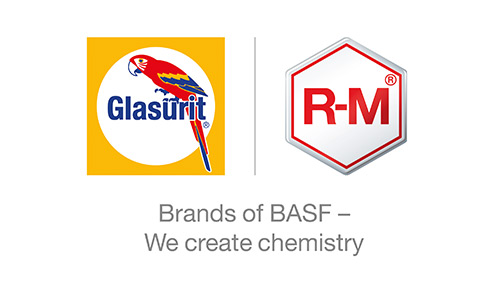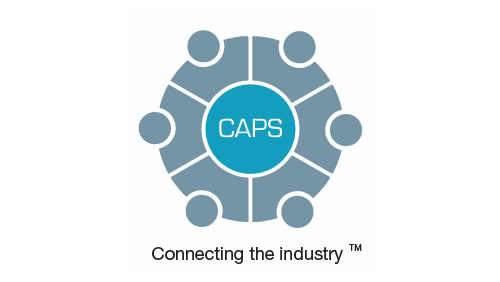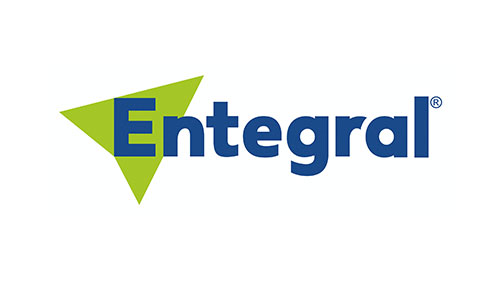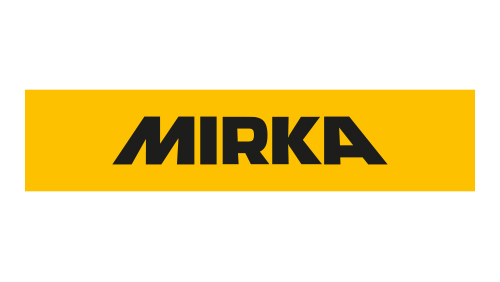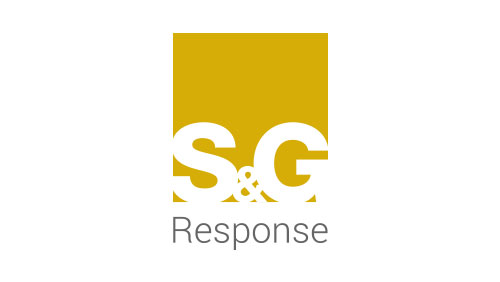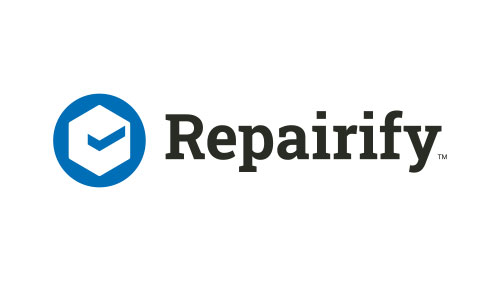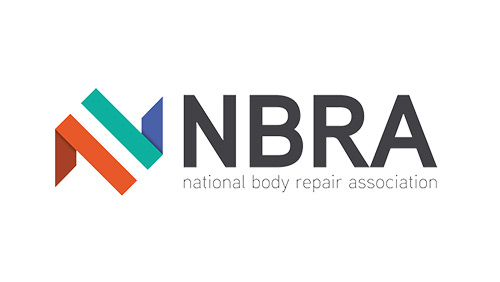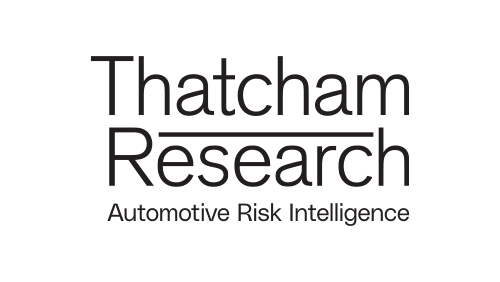Of all the profound industry changes brought about by the Covid-19 pandemic, the effects on human resources may yet turn out to be the most impactful.
Our work/life balance is one thing that has certainly shifted – for the better – but perhaps less recognised is how the pandemic could revolutionise recruitment and, over time, the entire workforce demographic.
Essentially, the pandemic has shown that if more people are working from home the requirement to live near your employer evaporates, while the flexibility that home-working offers opens up the job market in any number of positions to far more people.
Speaking at ARC360’s Back to the Future Conference, which took place at the British Motor Museum last month, Dawn Marsden, Head of GI Supplier Management LV=, said, “There is a lot more fluidity in the job market now. Working from home offers flexibility to workers who don’t have to be in the same city of their employers.”
Diversity
She said that being able to recruit from a wider net, in terms of location, skill sets and personal circumstances, could bring about the diversity in the automotive aftermarket workforce that is so vital to bridging the skills gap.
“But we will only improve the diversity of the industry if we challenge ourselves around what we’re looking for and are prepared to look outside our sector; otherwise we’re just going to be recruiting from the same pool.”
That was echoed by James Gatti, Director of Account Management, Innovation Group, who joined Dawn and Darren Wills, Executive Director, Motofix ARC, during a panel discussion entitled, ‘2021 – the year that was; 2022 – the year that will be.’
James said, “There is now a general acceptance that we can recruit people from outside our own catchment area. That means we can recruit people more diversly and more flexibly.”
Of course, this only applies to certain job roles. In many cases the nature of the industry requires employees to be on site, but these roles too are feeling the ramifications of the pandemic, as Darren noted.
He said, “One of the lasting impacts has been a changing perception of the work/life balance. A lot of people have got used to working from home, but some of our team members don’t have that chance. They have seen other people working from home and want that for themselves; we’ve had an increasing number of requests from people to work more flexibly, or leaving the sector entirely to take up jobs roles that are more flexible.”
Technology
The forced changes to working practices have also seen a surge in the adoption of technology, with digital communication the most immediate area of evolution.
This has been both a positive and negative.
James said, “I got on my first Teams call of the pandemic on 24 March and that seemed to last until August, so I think Teams has been a good and bad thing. But the really interesting thing is how technology that was already available was suddenly deployed in a way we’d never have imagined. If you said in January 2020 that in the space of 10 days we’d move from an office-based contact centre to a home-working environment using technology we already had available I’d have laughed. But we did it. What we swept away was both fear and regulatory reluctance, and it’s clear that home working is here to stay.”
Beyond virtual conversations, the other main shift in technology has been the widespread adoption of electric vehicles. James revealed that in 2019 under five per cent of the market for new vehicles was electric or hybrid, while now it’s about 18%; in October it hit 24%.
He said, “It was going to happen anyway but the extent it’s accelerated has been startling – and will affect everyone.”
Smarter
To overcome this and other challenges, smarter use of innovative technologies will be critical.
However, Darren warned that many streamlining solutions remain on the shelf because bodyshops simply do not have the time resources to investigate and implement. He pointed out that many repairers operate lean management teams whose time is almost completely absorbed by daily operations.
“There is a lot more the sector could be doing, but people don’t have the time and there is a risk that because of that we won’t leverage some of the advantages technology can give us.”
James agreed, arguing that the automotive incident repair aftermarket has not been given the same leeway as other sectors during this health crisis.
“We work in the only industry that hasn’t awarded itself a free pass because of Covid. There needs to be a recognition that what is constrained is not demand but capacity, and we need to realise that claims and supply are joined at the hip. You can’t indemnify customers unless you’re repairing their cars.”
Wilful blindness
Darren spoke of a ‘wilful blindness’ in the industry, which he suggested understands the strain repairers are under both in terms of time and cost pressures, but is choosing not to acknowledge it.
He said, “A lot of cost is pumped into the supply chain and it always amazes me how much of the cost of repairing a car is not actually about the repair itself. What can we do to get back to basics and delivering a great service?”
Dawn concluded, “We’re experiencing a perfect storm with Covid, Brexit, and inflation. The challenge is recognising that costs are going up and then taking steps to ensure we have a sustainable supply chain. It’s not an insurer or supplier problem, it’s a collective problem and we need to work collaboratively to bring it back to basics.
“What are we here to do? We’re here to repair customers’ cars, so how do we remove all the other elements that take time and cost money? Those costs aren’t going to go away so we need to do something differently.”




